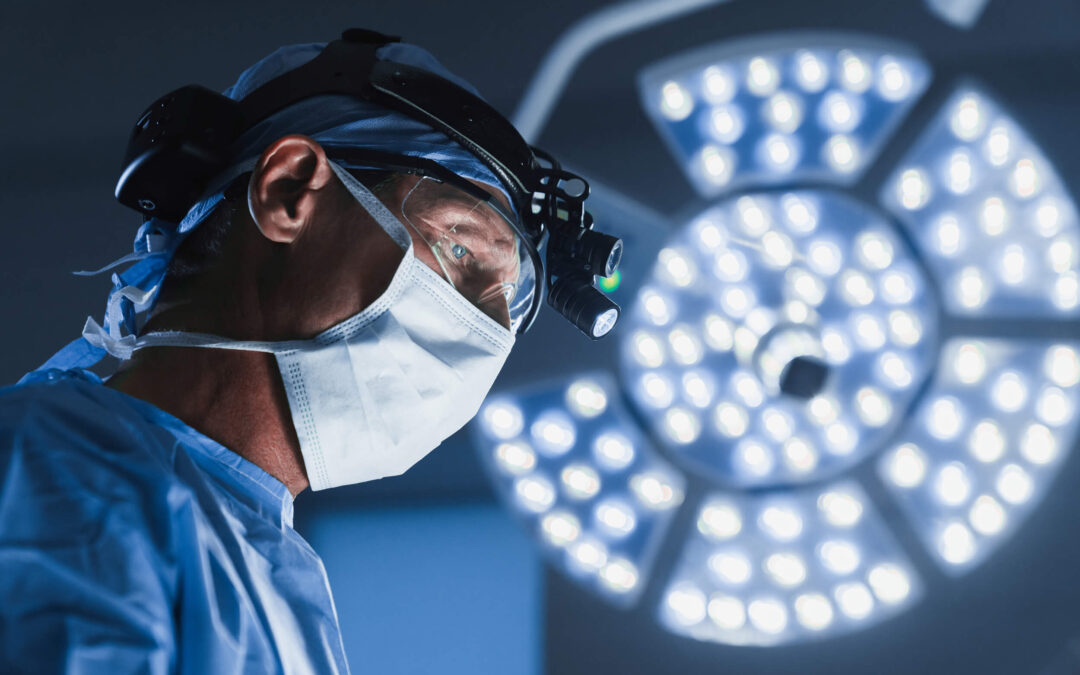Radiation exposure is one of the most dangerous occupational hazards for cath lab workers, with interventional teams having the highest radiation exposure of any profession. This can pose significant health risks, such as an increased risk of cancer, cataracts, and cardiovascular disorders. It is vital for physicians and staff in the cath lab to understand the principles of radiation safety and take appropriate precautions to minimize exposure.
The EggNest™ Solution
One of the most effective ways to minimize radiation exposure in the cath lab is by installing Egg Medical’s EggNest in the cath lab. The EggNest is a scatter radiation protection system that significantly reduces overall scatter radiation and provides protection for the entire medical team. By using the EggNest, scatter radiation at the knee, waist, and upper torso of cath lab personnel is reduced by an average of 91%, with some personnel seeing reductions of up to 97%.
This protection system is also fully integrated into the workflow of the modern Cath Lab and moves with the patient, reducing radiation exposure for cath lab staff without compromising their workflow or patient access.

Proper Imaging Techniques
Another effective way is to use proper imaging techniques. This includes minimizing the use of fluoroscopy, as well as lowering the frame rate. The use of fluoroscopy is essential in many cath lab procedures, but it also exposes patients and staff to ionizing radiation. Therefore, it is essential to use fluoroscopy only when necessary and to keep the exposure time as short as possible.
Another way to reduce radiation exposure is to lower the frame rate. This can be achieved by adjusting the equipment settings, such as the pulse rate and radiation dose, and by using collimation to focus the radiation beam on the target area. By lowering the frame rate, radiation exposure can be reduced without compromising image quality.
Staff Positioning and Use of PPE
Another essential aspect of radiation safety in the cath lab is staff position and the use of PPE. It is important for staff to maintain a safe distance from the radiation source, which is typically the patient, and to use shielding, such as lead aprons, to minimize exposure. The use of radiation badges can also help to monitor staff exposure and ensure that radiation levels are within safe limits.
Scatter Matters
Radiation safety is essential to prevent cath lab staff from suffering serious health risks. Every day, cath lab staff are exposed to 3 times the radiation dose of a nuclear power plant worker. By installing radiation protection systems like the EggNest and engaging in proper safety procedures, such as using proper imaging techniques, maintaining a safe distance from the radiation source, and using appropriate PPE, cath lab staff can minimize their exposure and reduce their risk of radiation-related health problems.

